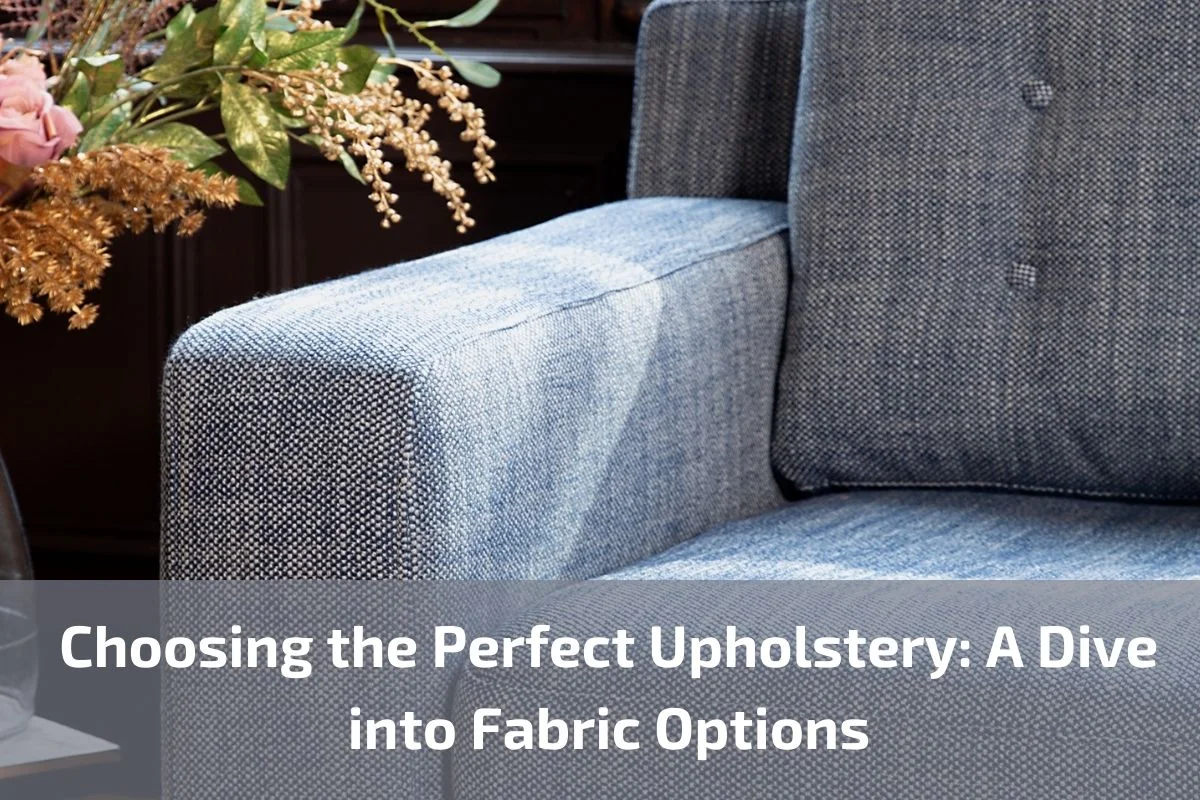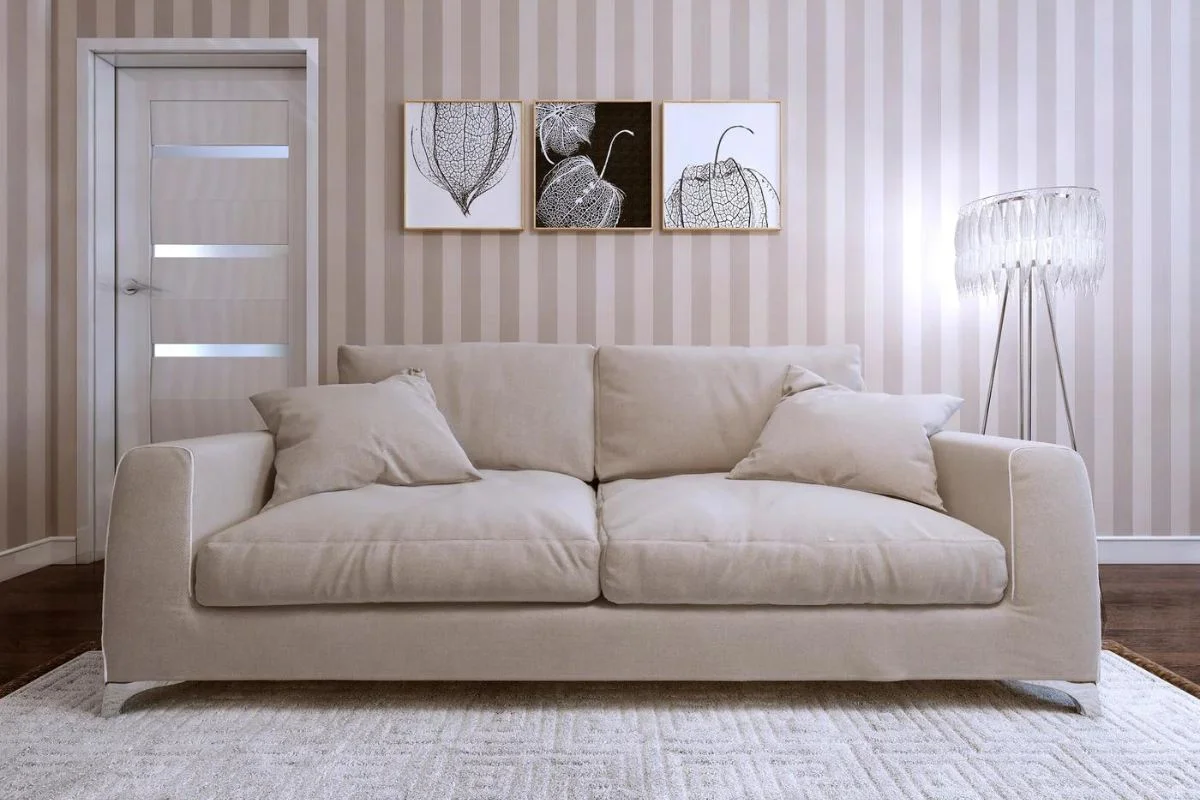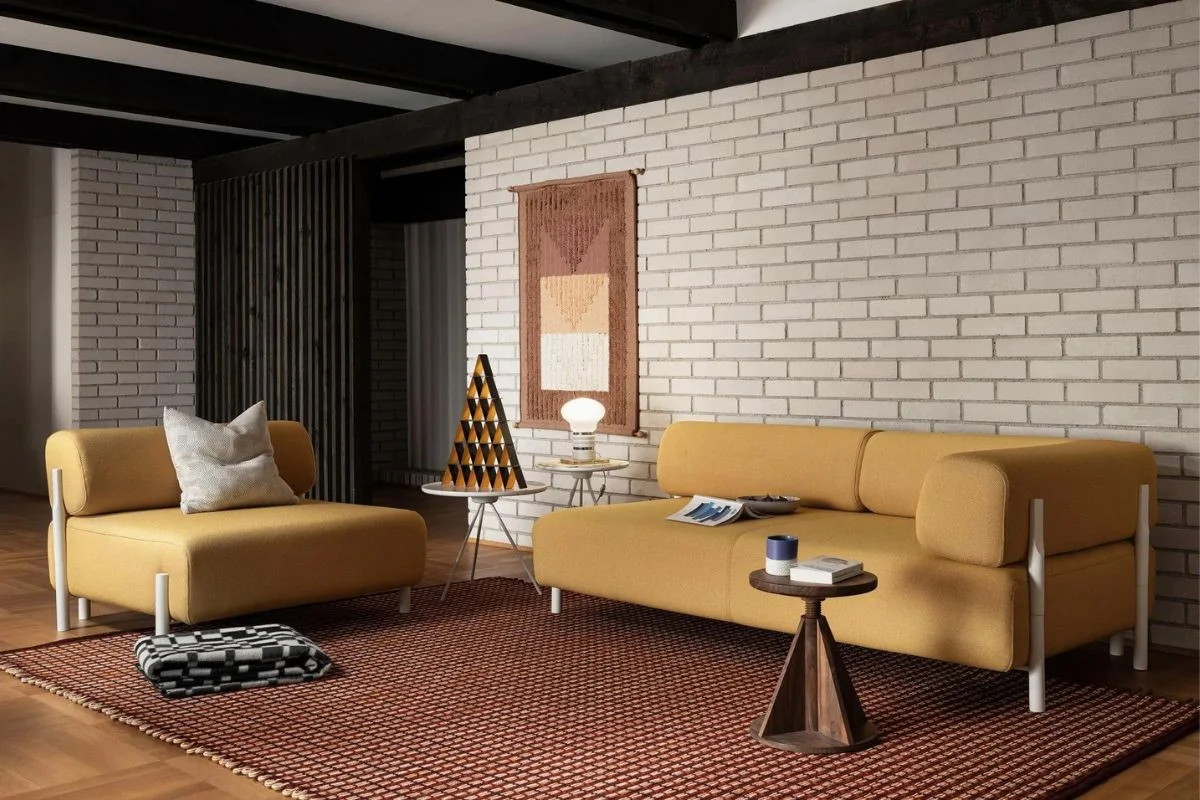Natural Fabrics:
Cotton: – Characteristics: Soft, breathable, and versatile. – Use: Suitable for a wide range of furniture styles, especially casual and comfortable pieces.
Linen: – Characteristics: Light and crisp, with a natural texture. – Use: Ideal for creating a relaxed and sophisticated look, often used in contemporary and beach-style interiors.
Wool: – Characteristics: Durable, warm, and naturally resistant to stains. – Use: Commonly chosen for its luxurious feel, especially in colder climates.
Silk: – Characteristics: Smooth, lustrous, and luxurious. – Use: Adds an opulent touch to formal spaces, often used for accent pieces.
Synthetic Fabrics:
Polyester: – Characteristics: Durable, resistant to wrinkles, and easy to clean. – Use: Suitable for high-traffic areas, family-friendly furniture.
Nylon: – Characteristics: Strong, abrasion-resistant, and elastic. – Use: Ideal for furniture in high-activity areas, known for its resilience.
Microfiber: – Characteristics: Soft, plush, and stain-resistant. – Use: Popular for its comfort and practicality, often chosen for sofas and recliners.
Velvet: – Characteristics: Luxurious, soft, and with a distinctive sheen. – Use: Adds a touch of glamour to both classic and modern interiors.
Blends:
Cotton-Polyester Blend: – Characteristics: Combines the breathability of cotton with the durability of polyester. – Use: Versatile and practical, suitable for various furniture styles.
Linen-Cotton Blend: – Characteristics: Blends the relaxed feel of linen with the comfort of cotton. – Use: Creates a breathable and versatile fabric suitable for casual and laid-back settings.
Wool-Silk Blend: – Characteristics: Blends the warmth of wool with the smoothness of silk. – Use: Elegant and cozy, often chosen for sophisticated interiors.
Specialty Fabrics:
Leather: – Characteristics: Timeless, durable, and develops a unique patina over time. – Use: Adds sophistication and luxury, commonly used for sofas, chairs, and ottomans.
Vinyl: – Characteristics: Durable, cost-effective, and easy to clean. – Use: A practical alternative to leather, suitable for high-traffic areas.
Outdoor Fabrics: – Characteristics: Water-resistant, UV-resistant, and durable. – Use: Specifically designed for outdoor furniture, withstands exposure to the elements.
Understanding the characteristics of each type of upholstery fabric empowers you to make choices that align with both your aesthetic preferences and the practical requirements of your living space. Whether you prioritize comfort, durability, or a specific look, the diverse world of upholstery fabrics offers options to suit every taste and need.







